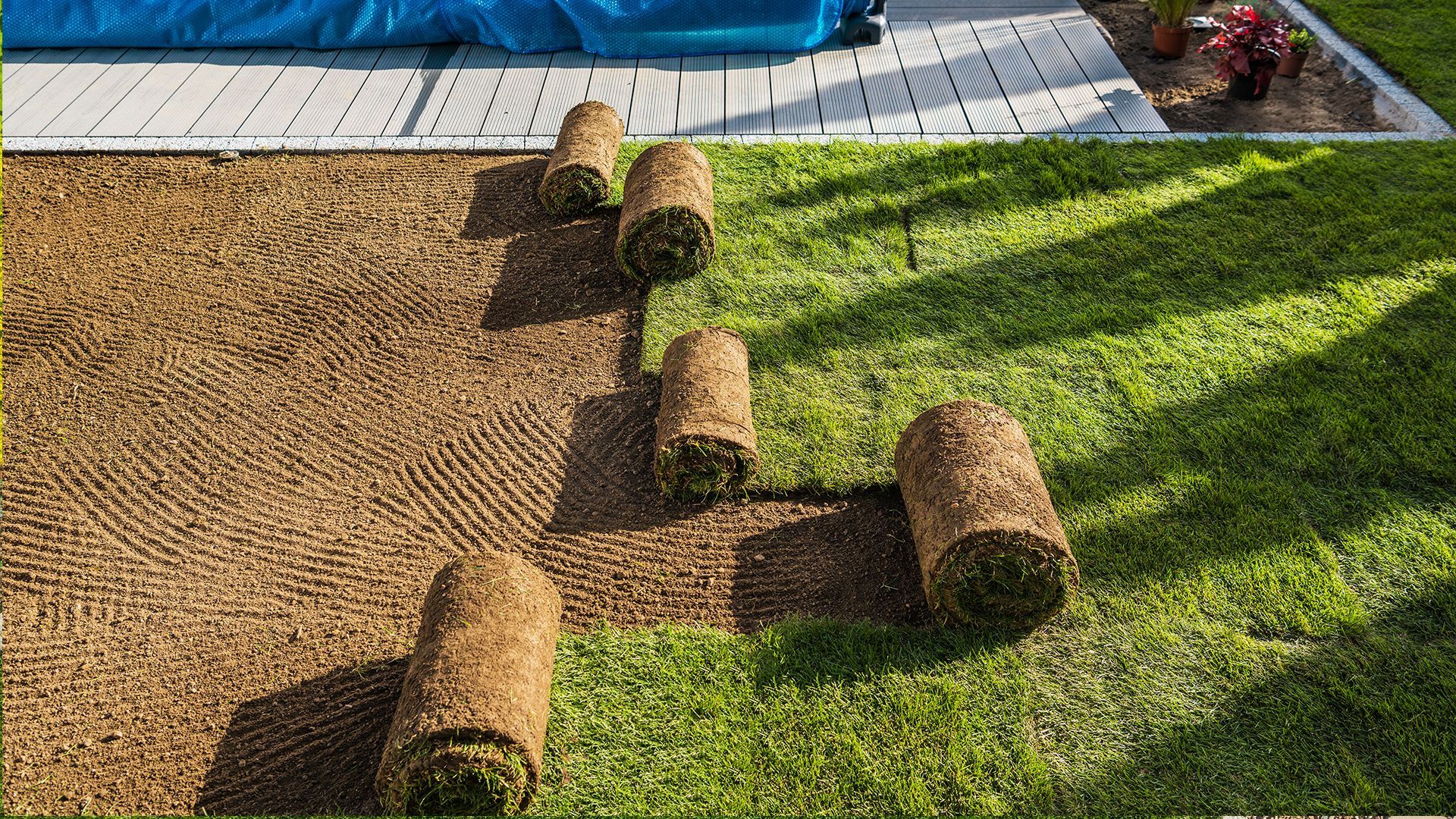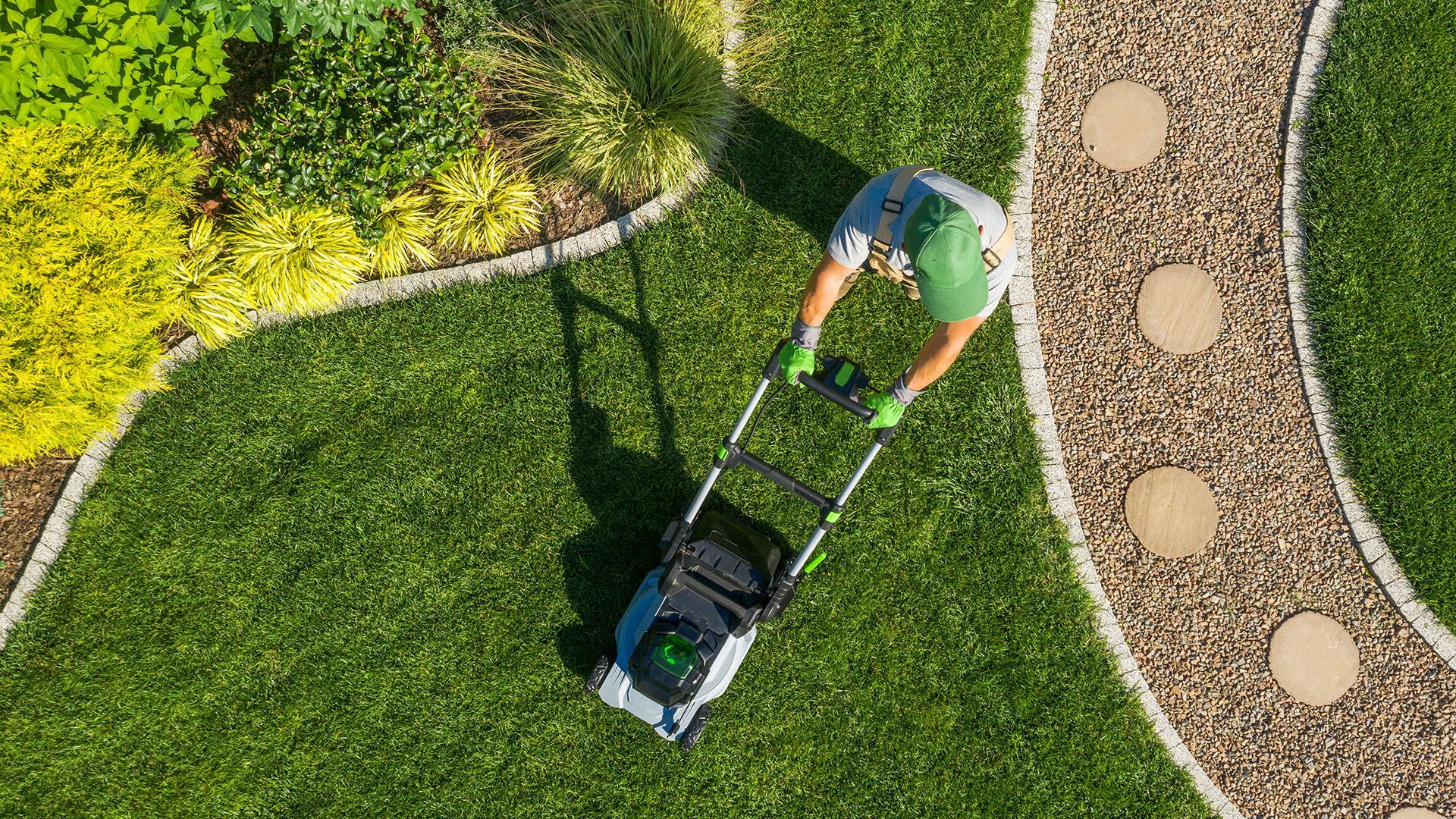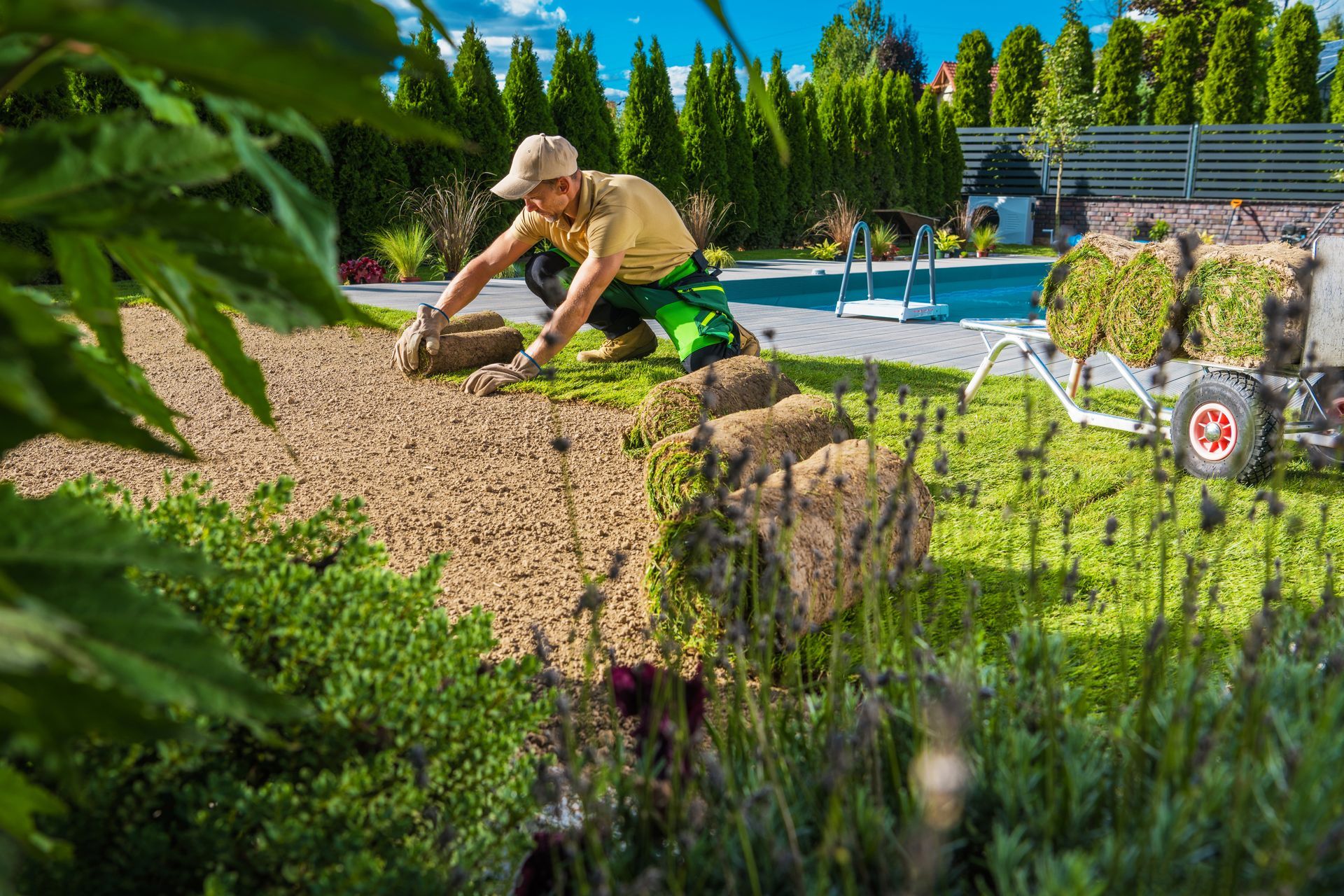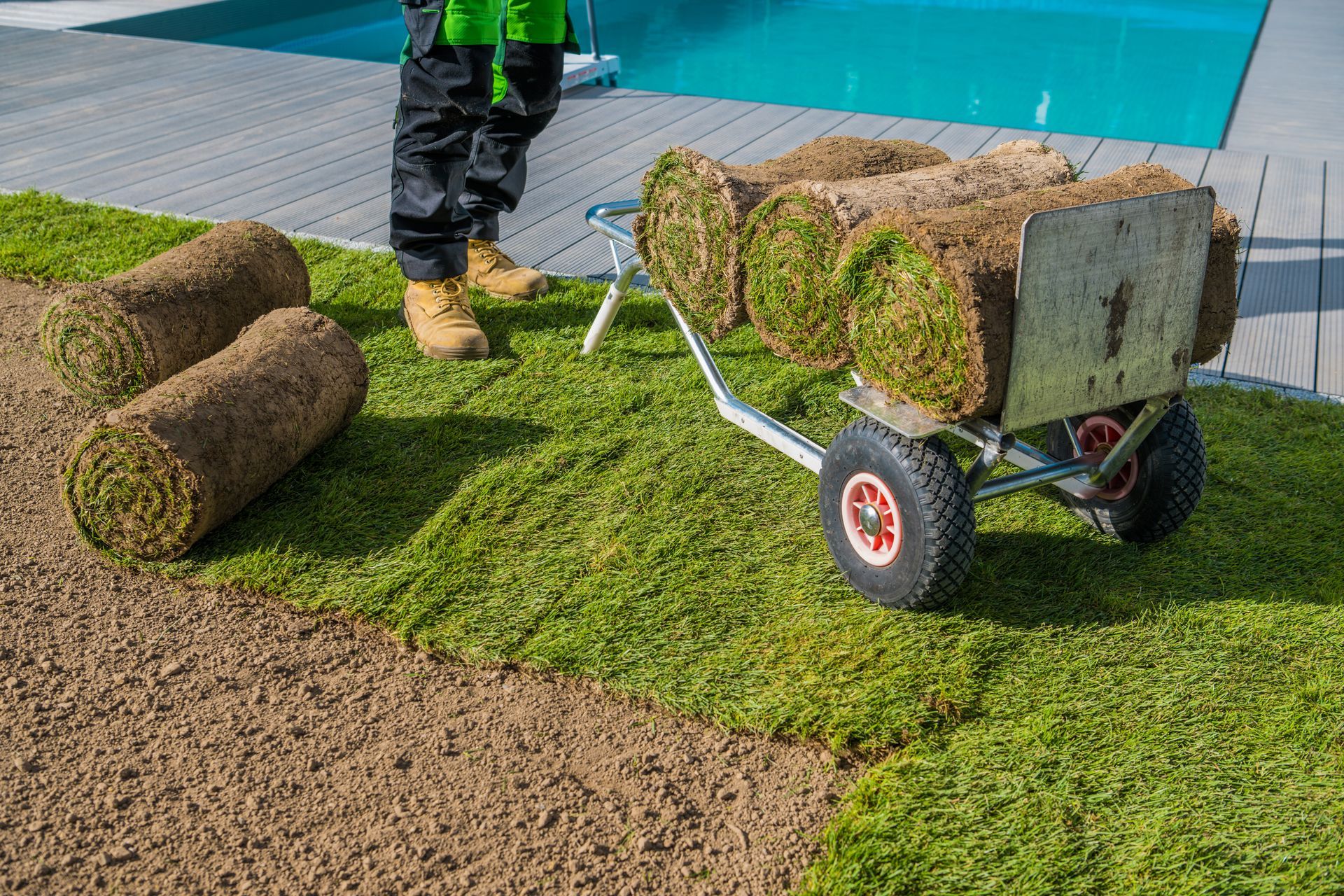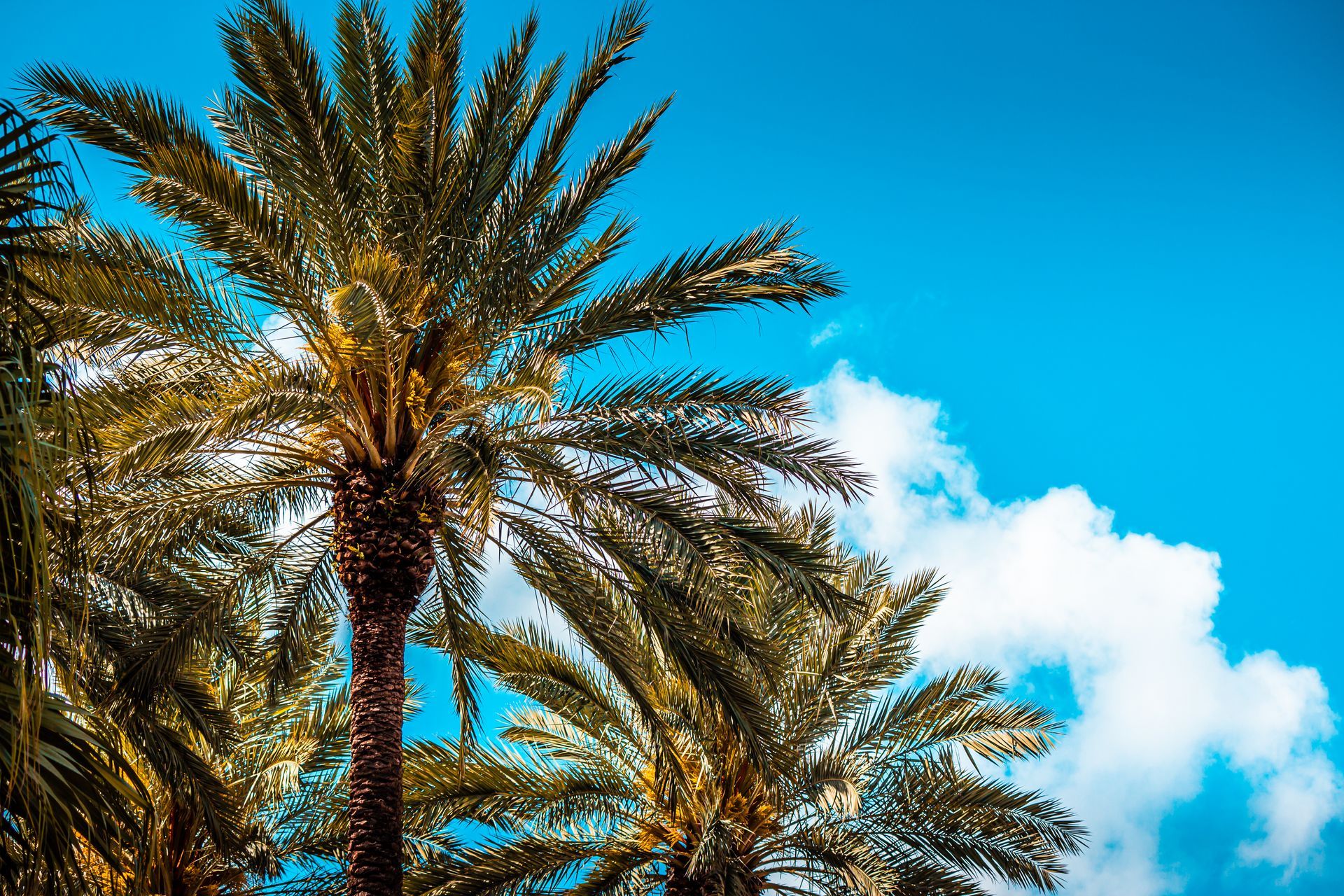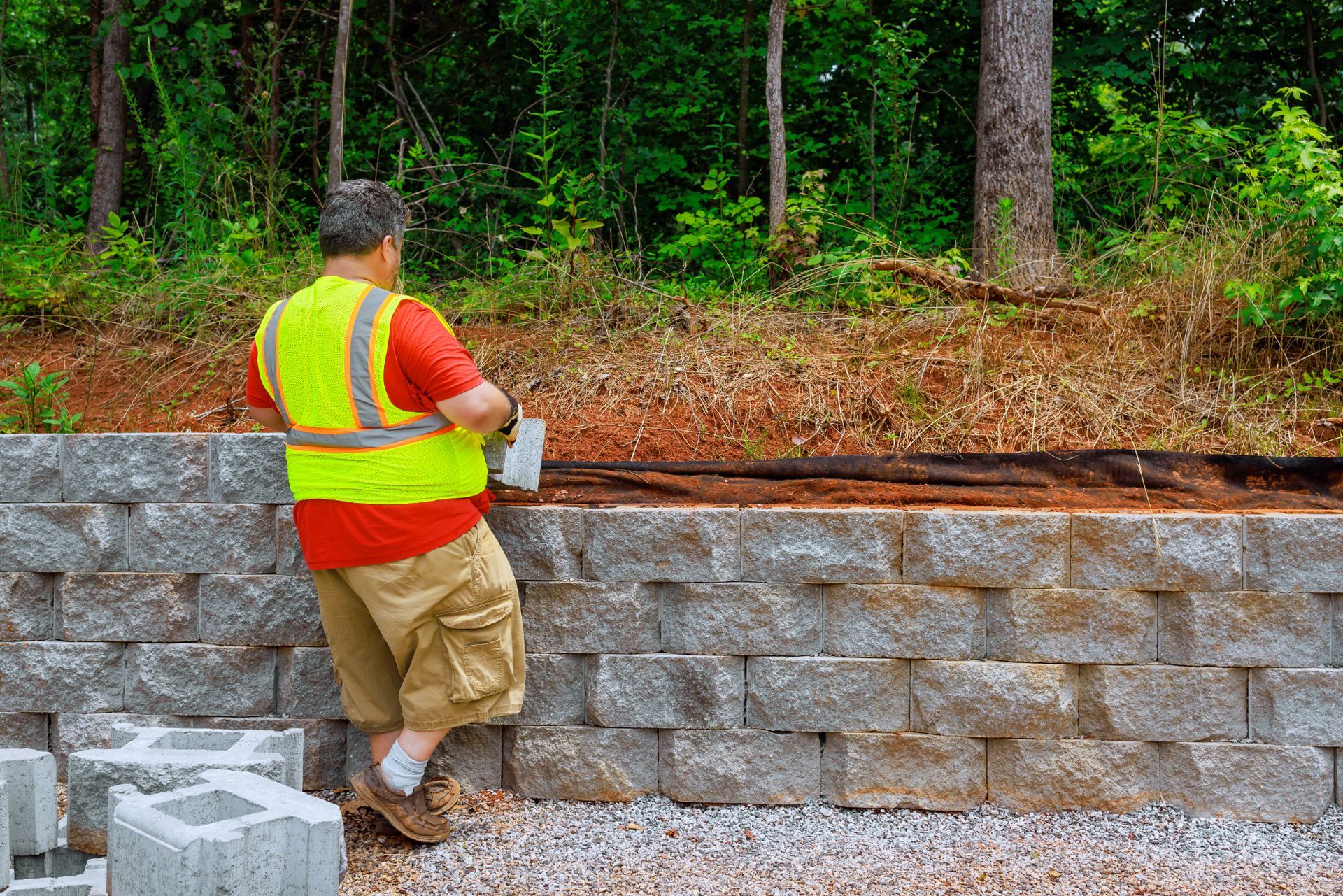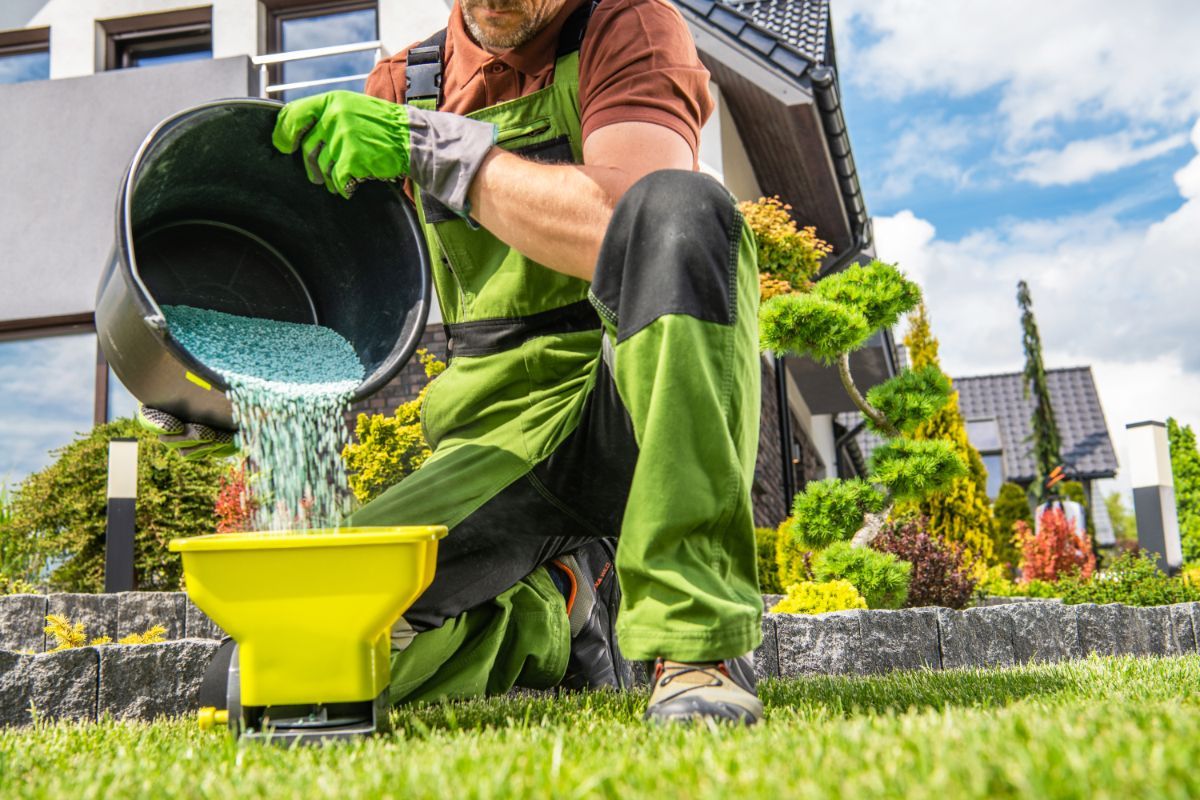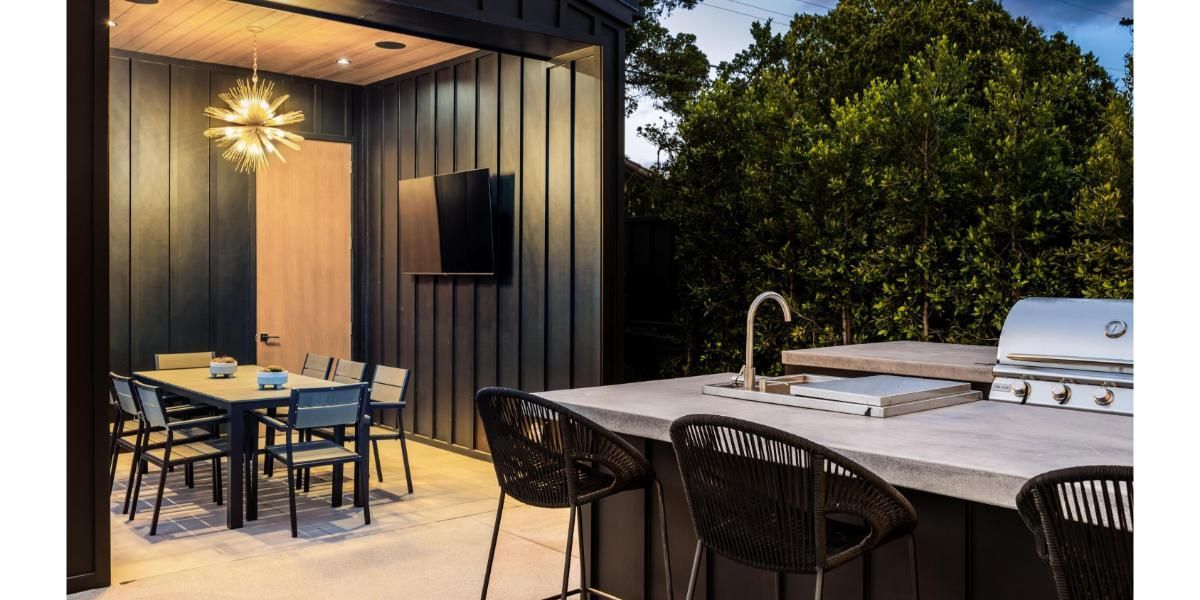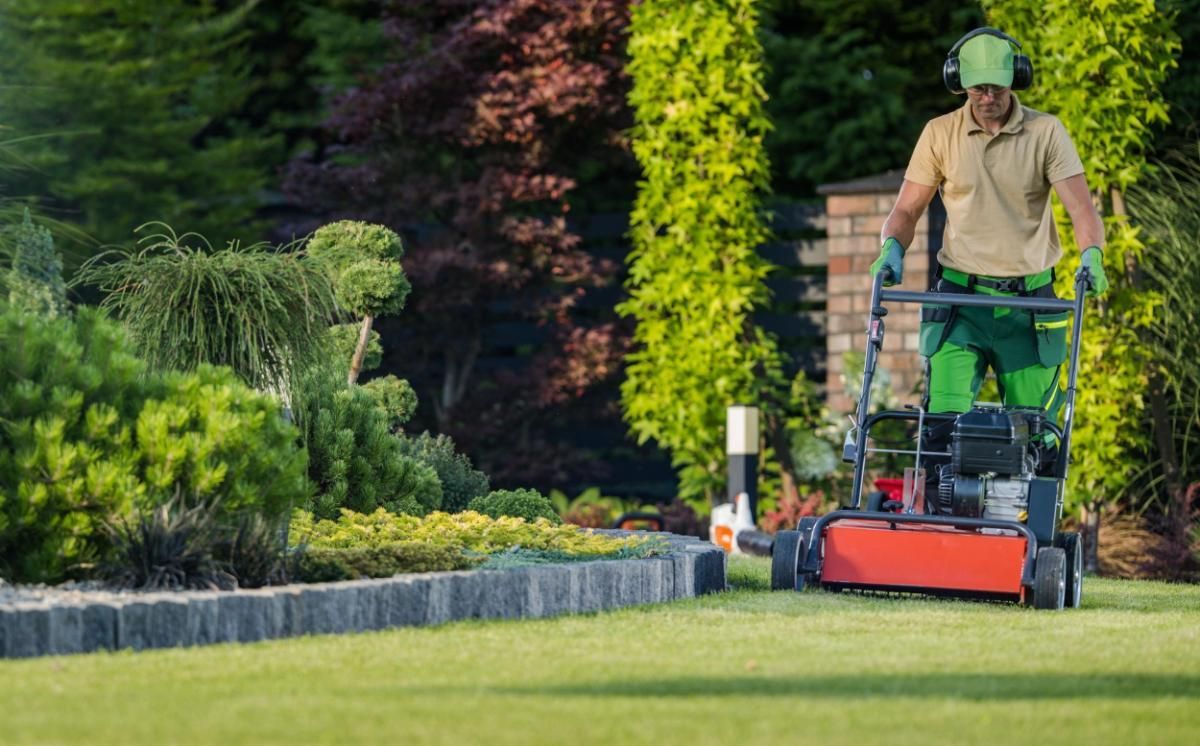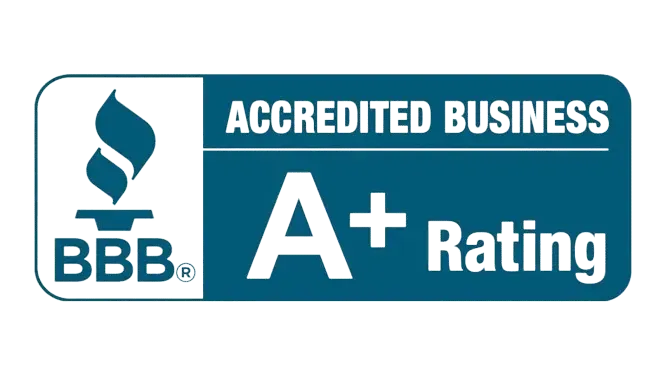How Much Does a Paver Patio with a Fire Pit Cost in 2025?
In 2025, most homeowners will spend $6,000–$22,000 for a paver patio with a fire pit. Smaller, simple builds can land around $3,500–$6,000, while large, custom designs with gas lines, seating walls, and lighting can climb to $15,000–$25,000+. Final cost depends on patio size, paver type, fire pit type (wood or gas), site prep, regional labor rates, and add-ons like seating or lighting.At Lawn Pros, we design and install patios and fire features for real families who want practical, long-lasting outdoor spaces. Our field crews are trained in proper base preparation, drainage, and safe fire-feature setups. We also track current pricing across materials, labor, and accessories so you can budget with confidence. In this guide, we’ll give you straight, no-fluff numbers first, then break down what drives cost and how to save without cutting corners.
Average Cost of a Paver Patio with Fire Pit (Straight to the point)
- Typical total in 2025: $6,000–$22,000
- Smaller, basic projects:
$3,500–$6,000 (under ~200 sq. ft., concrete pavers, simple wood fire pit)
- Mid-range builds:
$8,000–$14,000 (300–400 sq. ft., upgraded pavers, prefab gas or custom wood fire pit)
- High-end builds:
$15,000–$25,000+ (400+ sq. ft., natural stone, custom gas fire pit, seating walls, drainage, lighting)
These ranges line up with up-to-date cost guides for
paver patios and
fire pits. Current industry ranges show installed paver patios in the
$10–$25+ per sq. ft. zone depending on material and complexity, while most
fire pits (portable to custom) run
$200–$7,000+, with
gas line runs typically
$15–$25 per linear foot.
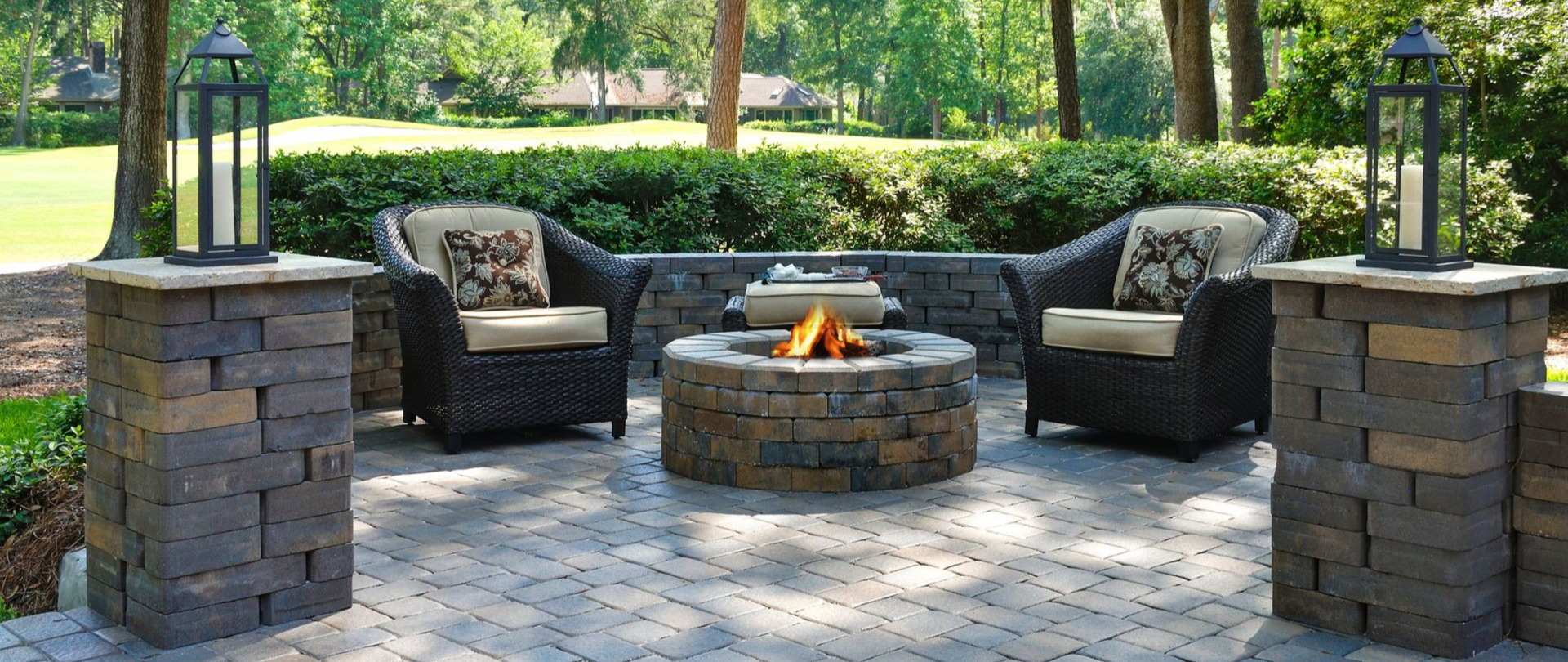
What’s usually included in an “average” install
A typical professional build includes:
- Design & layout (basic shape, pattern selection)
- Excavation & base prep (geotextile as needed, compacted gravel base, bedding sand)
- Paver installation (cuts, pattern, borders)
- Fire pit (portable, prefab kit, or basic custom build)
- Edging & joint sand (polymeric)
- Site cleanup & haul-away
Upgrades like gas line plumbing, retaining or seating walls, path lighting, complex curves, steps, drainage systems, or permits are additional.
Key Factors That Affect Total Cost
1) Patio size (biggest driver)
More square footage means more base material, more pavers, and more labor. Installed paver patios often price in the $10–$25+ per sq. ft. range. A 12'×12' (144 sq. ft.) patio may be ~$1,400–$3,600, while a 20'×20' (400 sq. ft.) patio may be ~$4,000–$10,000+ before add-ons.
2) Paver cost per square foot (material & style)
- Concrete pavers: budget-friendly, wide styles
- Clay brick pavers: classic look, moderate cost
- Natural stone (flagstone, travertine): premium look, highest cost
Current guides place
paver materials commonly in the
$2–$30 per sq. ft. range (materials only), depending on the product. Decorative textures and larger formats trend higher.
3) Fire pit type (wood vs. gas; portable vs. built-in)
- Portable wood fire pits: lowest cost
- Prefab kits (wood or gas): mid-range with clean look
- Custom masonry (wood or gas): premium look and price
Recent data shows a broad
$200–$3,000 spread for many homeowner fire pit installs, with
custom builds commonly
$2,000–$7,000+. Adding
gas typically requires a licensed plumber and
gas line at
$15–$25/lf (plus permits), which increases the total.
4) Shape & complexity
Curves, multi-levels, inlays, steps, seating walls, and tight cuts drive extra labor. Intricate patterns and borders also add time and cost.
5) Site grading, drainage & access
Uneven yards need excavation, grading, and sometimes French drains or catch basins. These are smart investments that protect the patio long-term. Limited access (fences, slopes, long carry distances) increases labor hours.
6) Regional labor rates & contractor experience
Urban areas and highly booked crews often cost more. Current references put paver-install labor roughly from $6–$15 per sq. ft., but this varies by region and scope.
Material Costs Breakdown (with ballpark numbers)
Your project will use a mix of pavers, base layers (gravel + sand), edging, and joint sand plus the fire pit and any extras like sealers or caps.
Pavers (material only)
- Concrete pavers: often
$2–$6+ per sq. ft. materials; installed totals depend on base & labor
- Brick pavers: typically more than basic concrete
- Natural stone pavers: can reach $15–$30+ per sq. ft. materials alone
These align with 2025 price snapshots from industry suppliers and estimators.
Base preparation
- Crushed gravel base and
bedding sand are essential. Materials for base layers commonly fall within
a few dollars per sq. ft., while the
installed portion is captured in your per-sq-ft labor total. Many breakdowns show base materials at
~$3–$6 per sq. ft. when itemized separately.
Edging, coping & joint stabilization
- Edging (plastic/metal) holds the field in place.
- Coping or
caps add a finished look to steps, walls, or the fire pit ring.
- Polymeric sand locks joints and helps limit weeds and washout.
Sealers (optional)
Sealant can deepen color and add stain resistance. Many homeowners seal every 2–3 years, though it’s optional for standard concrete pavers.
Fire Pit Options & Costs
Wood-burning
- Portable bowls:
~$200–$800
- Prefab kits: usually
$500–$1,500
- Custom masonry:
$2,000–$7,000+
Wood is simple and budget-friendly, but requires ash cleanup and safe clearances.
Gas (natural gas or propane)
- Prefab gas kits:
~$1,000–$1,800+ (kit only)
- Custom gas fire pit: higher due to masonry + burner + media
- Gas line: $15–$25 per linear foot plus a plumber’s labor and permits
Gas is clean, convenient, and controllable, but you’ll pay more up front for the hookup and inspections
Labor & Installation Costs (What’s included)
What the crew handles:
- Layout, excavation, and disposal
- Compacted gravel base in lifts
- Bedding sand, screeding, and paver laying
- Cuts, borders, and pattern work
- Edge restraints and polymeric sand
- Fire pit assembly or build
- Final compaction, clean-up, and walkthrough
Ranges to expect:
- Paver patio install labor: often
$6–$15 per sq. ft. (region & complexity)
- Fire pit install labor:
$500–$2,500+ depending on type
- Drainage/grading:
$500–$2,500+
- Demolition (old concrete/pavers): $500–$1,500
These figures align with current homeowner references and contractor calculators for 2025.
Add-Ons & Custom Features That Move the Price
Built-in seating or low walls
- Great for conversation circles around the fire pit.
- Typical add:
$1,000–$4,000 depending on length, height, and caps.
Lighting (path, step, or under-cap)
- Warm ambiance and safety at night.
- Typical add:
$500–$3,000 depending on fixtures and wiring.
Retaining walls
- Needed for slopes to hold the grade.
- Typical add:
$1,500–$6,000+ based on height and length.
Drainage solutions
- Swales, French drains, catch basins.
- Typical add:
$800–$2,500+ depending on layout.
Gas line & permits
- $15–$25/lf for the line, plus plumber’s hourly rate and a permit if required.
Decorative finishes
- Inlays,
borders,
coping,
sealants, and
ornamental gravel all boost aesthetics and cost.
Real-World Examples (Side-by-side budgets)
Below are example budgets to help you match scope and price. Numbers are illustrative and fall within current industry ranges.
1) Budget build: 12'×12' (144 sq. ft.) + wood fire pit (portable)
- Paver patio installed at ~$11/sq. ft.:
144 × 11 = $1,584
- Portable wood fire pit:
~$400
- Misc. (edging/joint sand/cleanup):
~$200
Estimated total: $1,584 + $400 + $200 = $2,184 (around $2.2k).
This lines up with published ranges for small patios with fire pits
2) Mid-range: 16'×20' (320 sq. ft.) + prefab gas kit + short gas line
- Paver patio installed at ~$15/sq. ft.:
320 × 15 = $4,800
- Prefab gas fire pit kit:
~$1,200
- Gas line (30 lf × $20/lf):
$600
- Permit & inspection:
~$150
- Basic lighting package:
~$800
Estimated total: $4,800 + $1,200 + $600 + $150 + $800 = $7,550–$8,050 depending on site prep.
Gas line pricing follows current national ranges
3) High-end: 20'×20' (400 sq. ft.) + custom gas fire pit + seating wall
- Paver patio installed at ~$25/sq. ft.:
400 × 25 = $10,000
- Custom masonry gas fire pit:
~$4,500
- Seating wall:
~$3,000
- Lighting package:
~$2,000
- Drainage improvements: ~$1,500
- Sealer & tune-ups: ~$400
Estimated total:
$10,000 + $4,500 + $3,000 + $2,000 + $1,500 + $400 = $21,400.
This aligns with high-end project ranges we see for larger, custom installs.
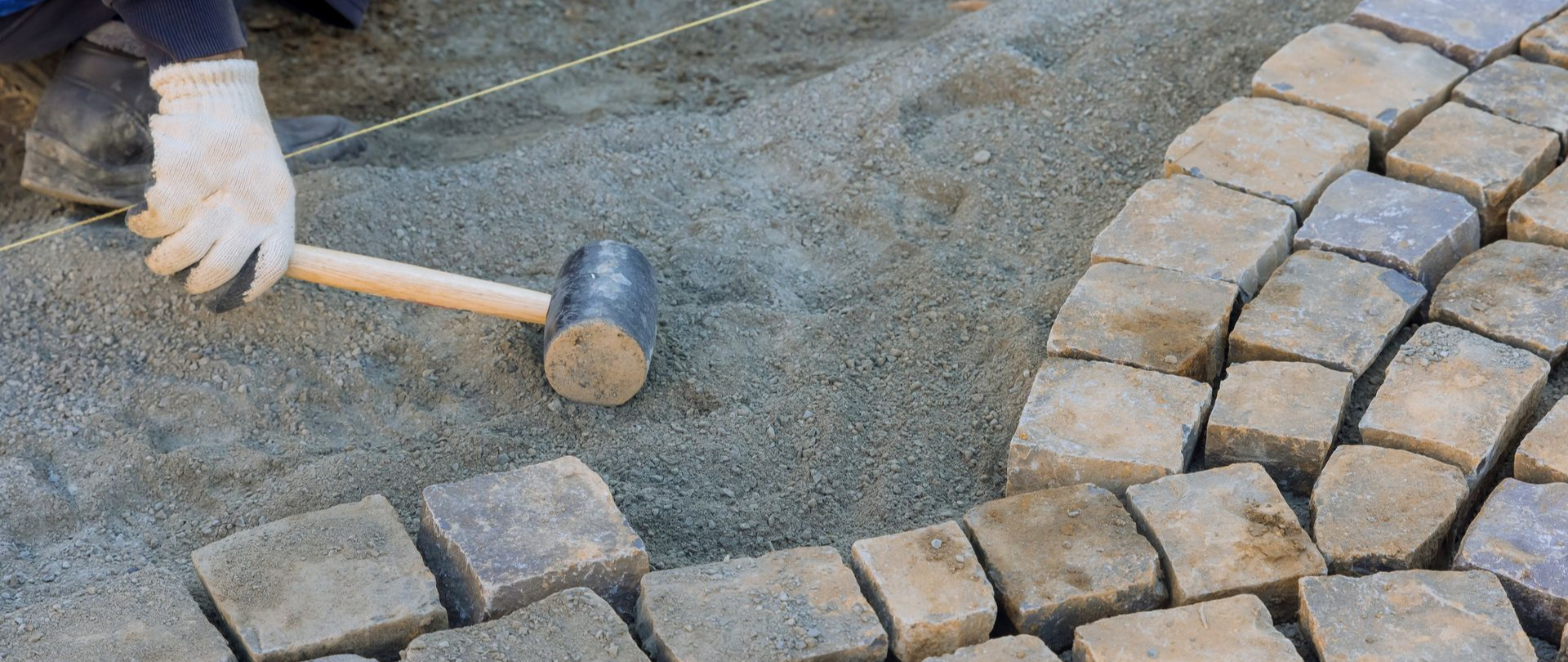
Built-In vs. Portable Fire Pits (Which fits your budget?)
Portable (wood):
- Lowest cost, flexible placement, easy to replace.
- Not as durable as masonry; may need a
fireproof pad on some surfaces.
Prefab kits (wood or gas):
- Clean, finished look with faster install; predictable cost.
- Limited shape and size options.
Custom masonry (wood or gas):
- Highest quality and longest life; matches your patio and seating layout.
- Highest upfront cost; gas adds plumbing, permits, and inspections.
Fuel Type: Wood vs. Natural Gas vs. Propane
Wood-burning
- Low cost to start, classic crackle and heat.
- Requires safe storage for wood, ash cleanup, and clearances.
Natural gas
- Clean flame, instant on/off, no ash.
- Requires
gas line (typ.
$15–$25/lf) and pro installation; permits apply.
Propane
- Clean and convenient with a tank.
- No trenching, but you’ll swap or refill tanks; store safely outdoors.
Patio Size & Shape: Seating around the fire pit
Plan enough room for chairs and walking space. A good rule is to leave 6–7 ft of clearance around the fire pit for comfortable seating and movement, and keep wood fire pits at least 10–15 ft from the house for safety.
Base Preparation: Drainage & Foundation (Don’t skip this)
The base is the backbone of your patio. A typical system includes:
- Excavation to the right depth (soil type matters)
- Geotextile fabric (as needed) to separate soil and base
- Compacted gravel base in layers
- Bedding sand (screeded level)
- Pavers set and compacted into place
- Edge restraints to lock it in
- Polymeric sand swept into joints, then activated
This process supports loads, sheds water, and helps prevent settling or heaving. If minor settling occurs later, spot repairs are usually straightforward with pavers another reason many homeowners prefer them over slabs. (Repairing sunken sections is often $3–$15/sq. ft., depending on the issue.)
Regional Labor Rates: Why your neighbor’s price isn’t your price
Labor varies by region, season, and demand. Dense metro areas and high-demand seasons can push prices up. Rural markets or off-season slots may lower them. Current cost guides show a wide spread because crew experience, access, soil conditions, and design complexity all change the number of hours on the job. Expect installers to price per sq. ft. for typical work and time & material for complex extras.
Custom Design Features (and how they affect price)
- Curves & circles: extra cutting and layout time
- Borders & inlays: additional materials and precision
- Steps & elevation changes: more excavation, retaining, and coping
- Seating walls & pillars: added block, caps, and labor
- Lighting: wiring, transformers, and fixtures
- Outdoor kitchens: separate line items for gas, electric, and appliances
- Patio covers or pergolas: priced separately and can be significant adds
Permits & Codes
Many jurisdictions require permits for gas lines, electrical work, and sometimes for retaining walls above certain heights. Fees are usually modest compared to total project cost, but inspections are crucial for safety and insurance coverage.
Maintenance & Upkeep (Plan a small annual budget)
Paver patios are low maintenance, but not no maintenance. Plan for:
- Sweeping & rinsing to keep joints clean
- Topping off polymeric sand every few years as needed
- Sealing (optional) for color pop and stain resistance (every 2–3 years)
- Spot leveling if a section settles (simple with pavers)
- Fire pit care (clean burner and media for gas; ash removal for wood)
These small tasks help your patio look great and last longer.
DIY vs. Professional Installation
DIY (what to expect)
- Materials:
~$3,000–$7,000+ depending on size and paver choice
- Tool rentals: plate compactor, saw, hand tools (~$300–$1,500 total, depending on rental length)
- Time:
40–100+ hours for a first-timer on a mid-size build
Pros: saves labor, flexible timeline, satisfying project
Cons: heavy work, risk of poor grading or drainage, tricky cuts/curves, and
gas work should be left to licensed pros for safety and code compliance (and it may be required by law). Current industry sources strongly suggest hiring a pro for
gas line installation; expect
$15–$25 per linear foot plus hourly labor and permit fees.
When hiring a pro makes sense
- Sloped or soft soils (drainage and retaining needs)
- Complex shapes/patterns, stairs, or walls
- Integrated
gas or
electrical features
- You want a fast, clean, warrantied result
How to Get the Best Value (and avoid budget creep)
- Set the footprint to fit your life.
Measure your table, chairs, and walking paths. Keep 6–7 ft around the fire pit for seating. - Choose durable materials within budget.
Concrete pavers are a strong value; natural stone is premium. - Get 2–3 detailed quotes.
Ask each contractor to break out materials, labor, base depth, edge restraint, drainage, disposal, permits, and warranty so you can compare apples to apples. - Ask about off-season scheduling.
Fall or early spring can sometimes mean better availability and pricing. - Bundle features smartly.
If you know you want seating walls or lighting, pricing them together can reduce total trips and mobilization costs. - Plan utilities before building.
If you think you might want gas later, it’s cheaper to trench and sleeve now than to tear up a finished patio. - Mind the hidden costs.
Gas line trenching, soil haul-off, fence panel removals for access, and permit/inspection fees add up plan for them.
A Simple Planning Checklist
- Decide on
size (measure furniture and pathways)
- Pick
paver type (concrete, brick, natural stone)
- Choose
fire pit type (wood, gas, or propane)
- Map
seating area and
clearances
- Confirm
drainage plan and
base depth
- Ask for
detailed bids (materials, labor, site prep, haul-off)
- Verify
permits (gas/electrical/walls)
- Schedule build (consider off-season for value)
Final Thoughts
A paver patio with a fire pit is more than a nice-to-have. it’s a real quality-of-life upgrade. You’ll cook, relax, and make memories outside more often. In 2025, plan on $6,000–$22,000 for most projects, with small basics starting under $6k and big, custom builds going over $20k. Focus on the right size, smart materials, and proper base and drainage so your patio stays level, safe, and beautiful for years. When you’re ready, compare a few apples-to-apples quotes, and choose a pro who will stand behind the work.
Ready to turn your backyard into your favorite “room”?
CC Lawn Pros designs and builds paver patios and fire features with craftsmanship, honest pricing, and clear communication.
Request a free estimate or schedule a design consultation today. We'll help you lock in a layout, pick the right materials, and deliver a patio that looks great and lasts.


